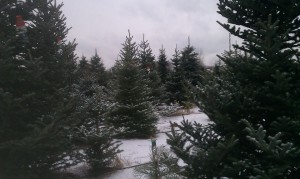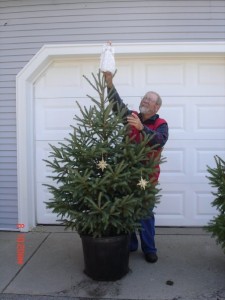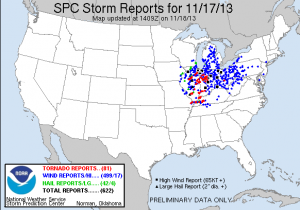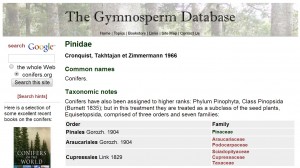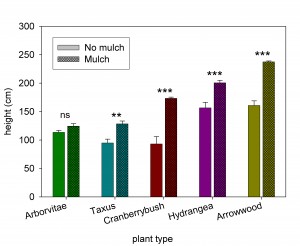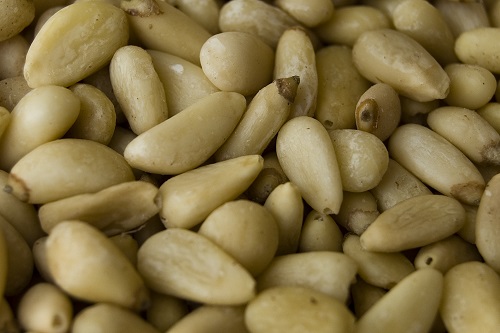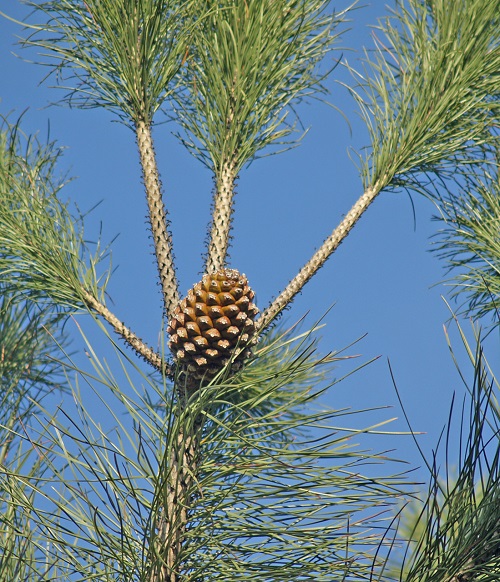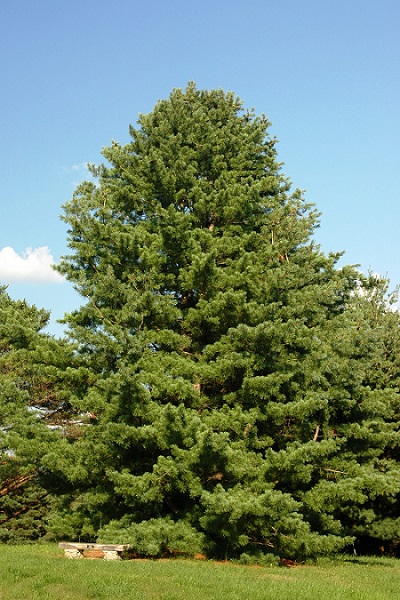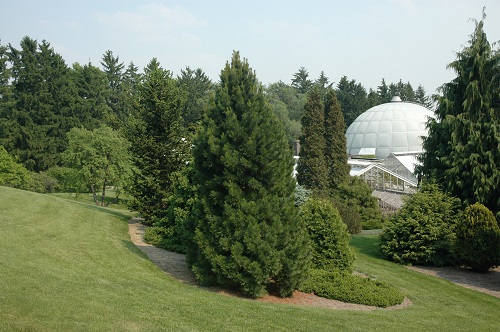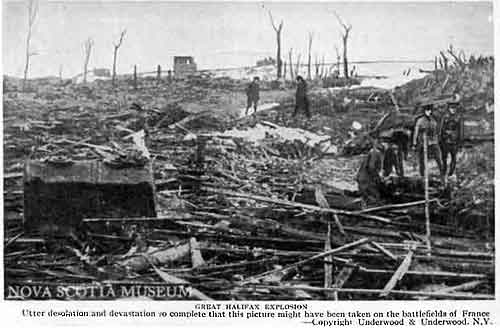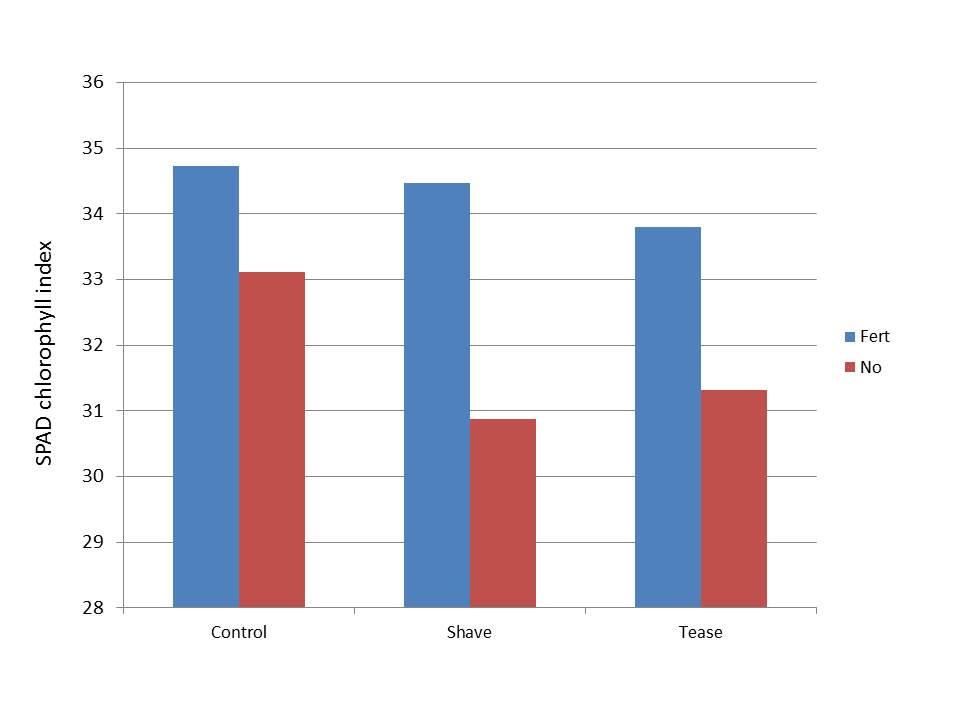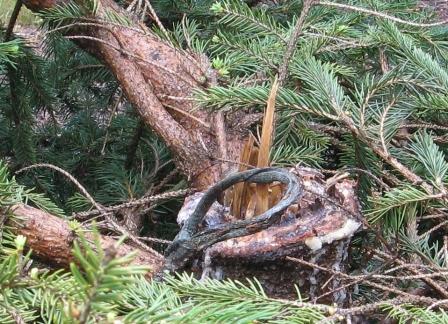One of my ‘other duties as assigned’ this time of year involves serving as The Christmas tree Guy and responding to various media inquiries about Christmas trees. Last week I posted a link to a media story about Christmas trees on the Garden Professor Facebook page. That post drew a response from Kyle Fletcher Baker who derided cut Christmas trees as “murder of the innocent.” My initial reaction was, “Jeez, Kyle we’re talking about fir trees here not lamb chops or veal.” But Kyle’s post serves as a reminder that there are many people that object to cutting trees for Christmas decoration – no word on how these folks feel about cut flower arrangements but that’s another story. In some cases this objection stems from the belief that Christmas trees are cut from native stands of trees. In fact, virtually all Christmas trees sold at tree lots are grown on tree farms for that expressed purpose.
There is also a sizable portion of the population that believe artificial trees are more environmentally responsible than using a live tree. My personal opinion is this is a fairly small factor in most people’s tree buying decisions but the question persists and seems to get a lot of media play. The American Christmas Tree Association (a trade group that represents artificial tree retailers NOT tree growers) commissioned a life cycle analysis (LCA), which estimated cradle-to-grave carbon footprints for real and fake trees. The bottom-line of the study is that the impact of both is negligible. The tipping point is how far you drive to get a real tree each year and how long you keep your artificial tree. If you get your real tree close to home or combine getting your real tree with other trips, the carbon footprint of the real tree comes out better.
But if the thought of cutting a real tree is still more than your conscience can bear, there is a third option: a living Christmas tree. Many nurseries and Christmas tree farms offer container-grown or balled-and-burlapped trees that can be planted outdoors after the holidays. There are even companies springing up on the west that specialize in live Christmas tree rentals. These companies bring a tree into your house and then pick it back up after the holiday. Some will offer a certificate that the tree will be planted in a park or national forest after its display.
